
Hey amigos, como están?, luego de casi 90 días de espera para poder tener frutos con un tamaño, color y sabor ideal para la venta, tuvimos que culminar las actividades de este invernadero y cosechar todo en un solo día.
Pues esto se debe a que batallamos mucho con plagas como insectos, bacterias, virus, y las lluvias lo empeoraron mas aun, la transmisión insecto-planta del TSWV fue increíble a tal punto que el 50% de las plantas ya estaban perdidas, el fruto ya tenia manchas y al madurarse y cambiar su color a rojo se notaria mucho mas. Por ello tomamos la decisión de cortar y salvar un poco de esta cosecha para comenzar otra nueva, incluso asumiendo los gastos y perdida de dinero que esto ocasiona.
Hey friends, how are you? after almost 90 days of waiting to have fruits with an ideal size, color and flavor for sale, we had to finish the activities of this greenhouse and harvest everything in one day.
The insect-plant transmission of TSWV was incredible to the point that 50% of the plants were already lost, the fruit already had spots and when it ripened and changed its color to red it would be much more noticeable. For this reason we made the decision to cut and save a little of this crop to start a new one, even assuming the expenses and loss of money that this causes.
En condiciones normales, una cosecha buena puede ser aquella que tiene 5 meses mínimo de cortes por semana, recordando que el pimentón en invernadero se corta una vez a la semana. Una cosecha regular aquella que tiene 3 meses de cortes por semana, pero creo que esta ha sido nuestra peor cosecha, 1 solo corte en el trascurso de 90 días, y 45 días en el semillero, pues la perdida de tiempo es lo que mas duele en estos casos.
In normal conditions, a good harvest can be one that has a minimum of 5 months of cuts per week, remembering that paprika in greenhouses is cut once a week. A regular harvest is one that has 3 months of cuts per week, but I think this has been our worst harvest, only 1 cut in the course of 90 days, and 45 days in the seedbed, because the loss of time is what hurts the most in these cases.
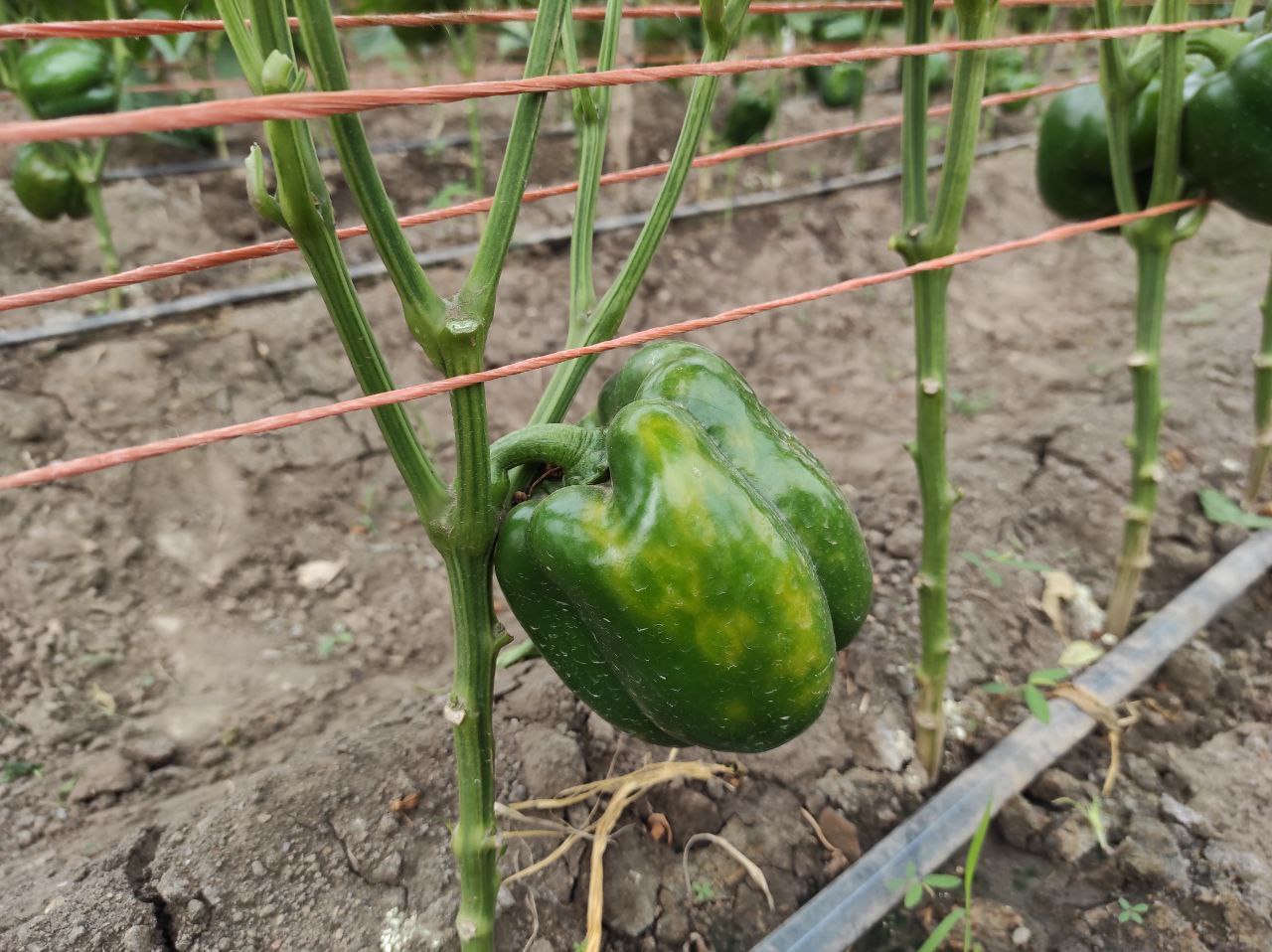
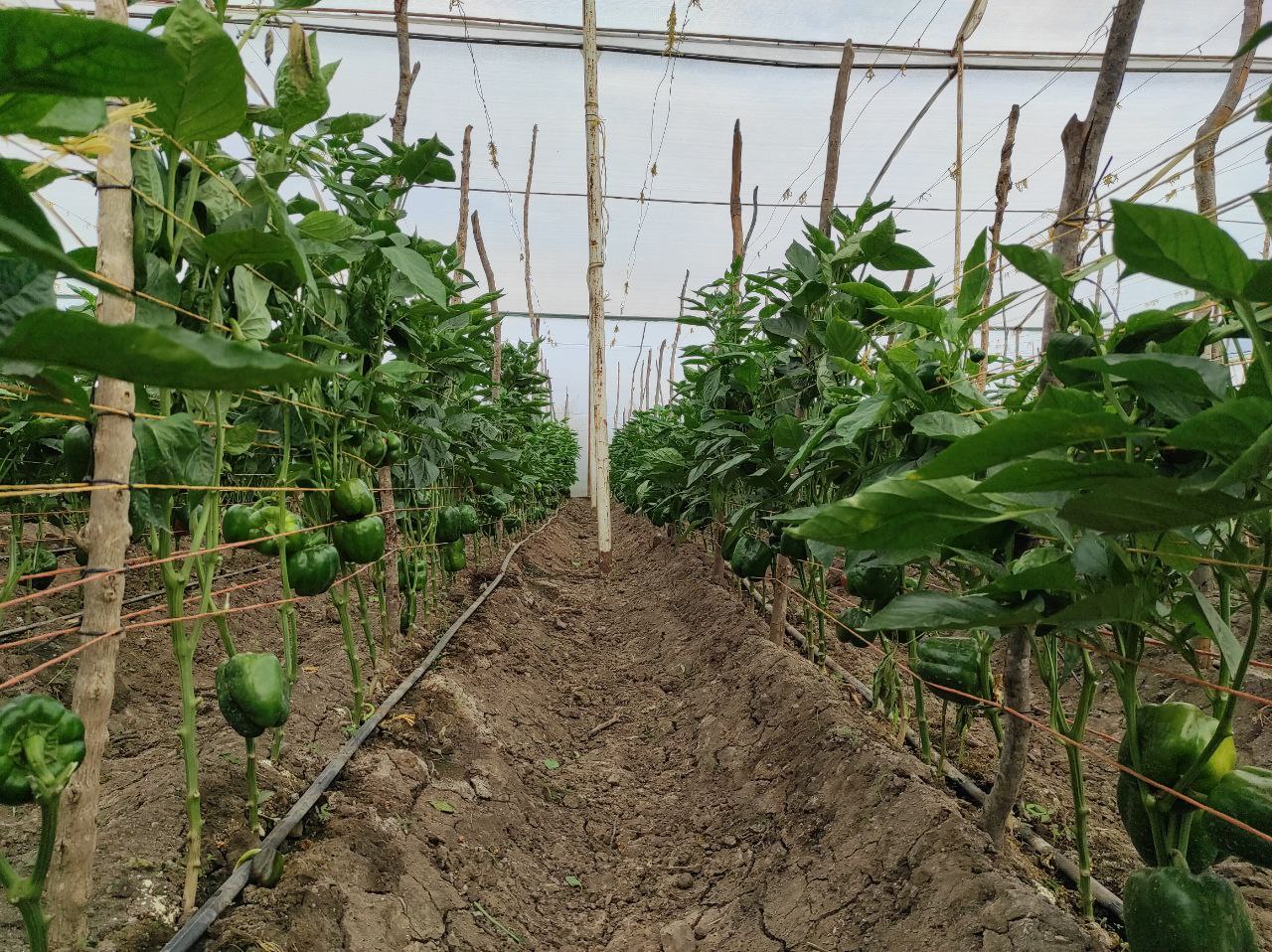
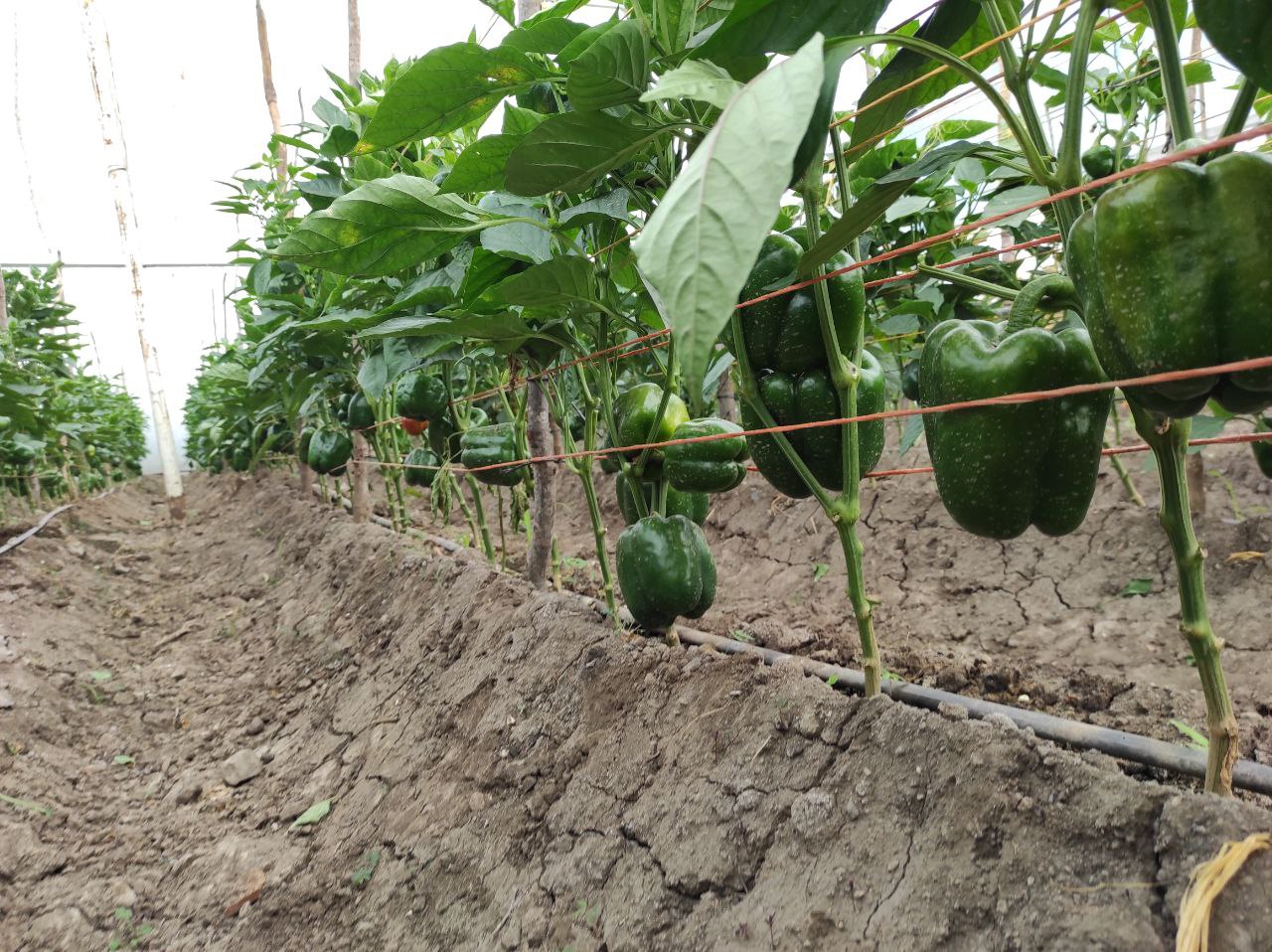
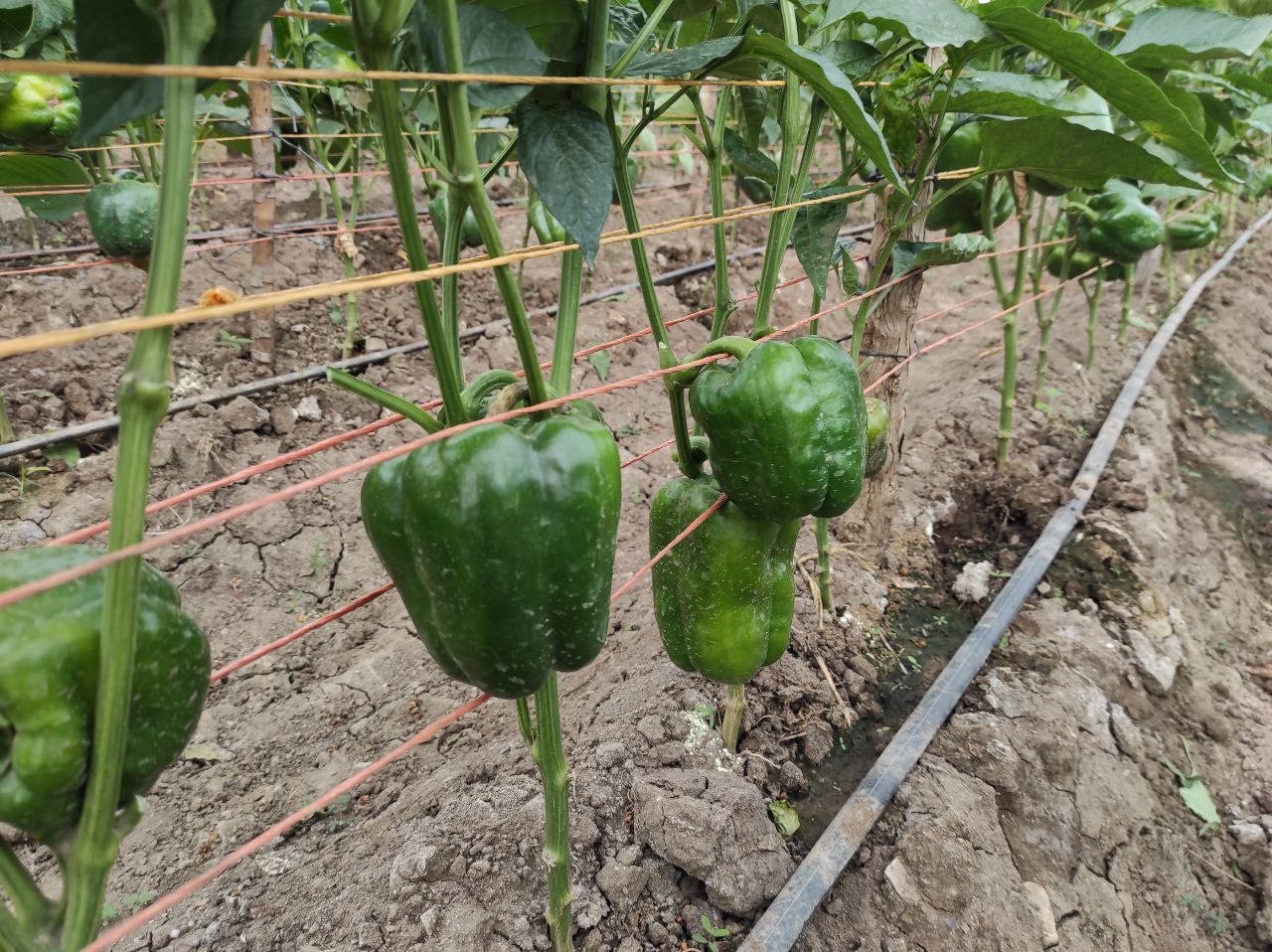
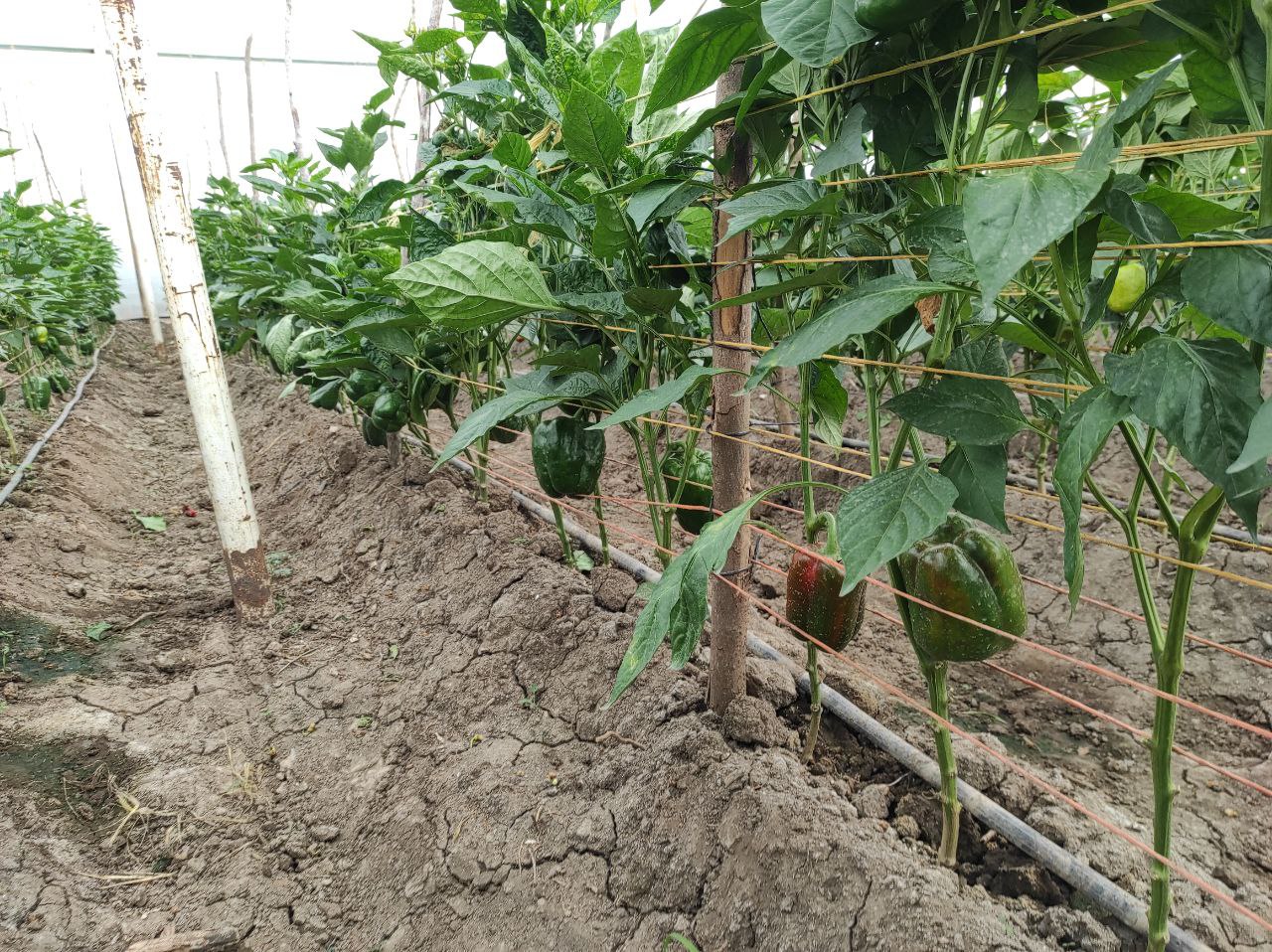
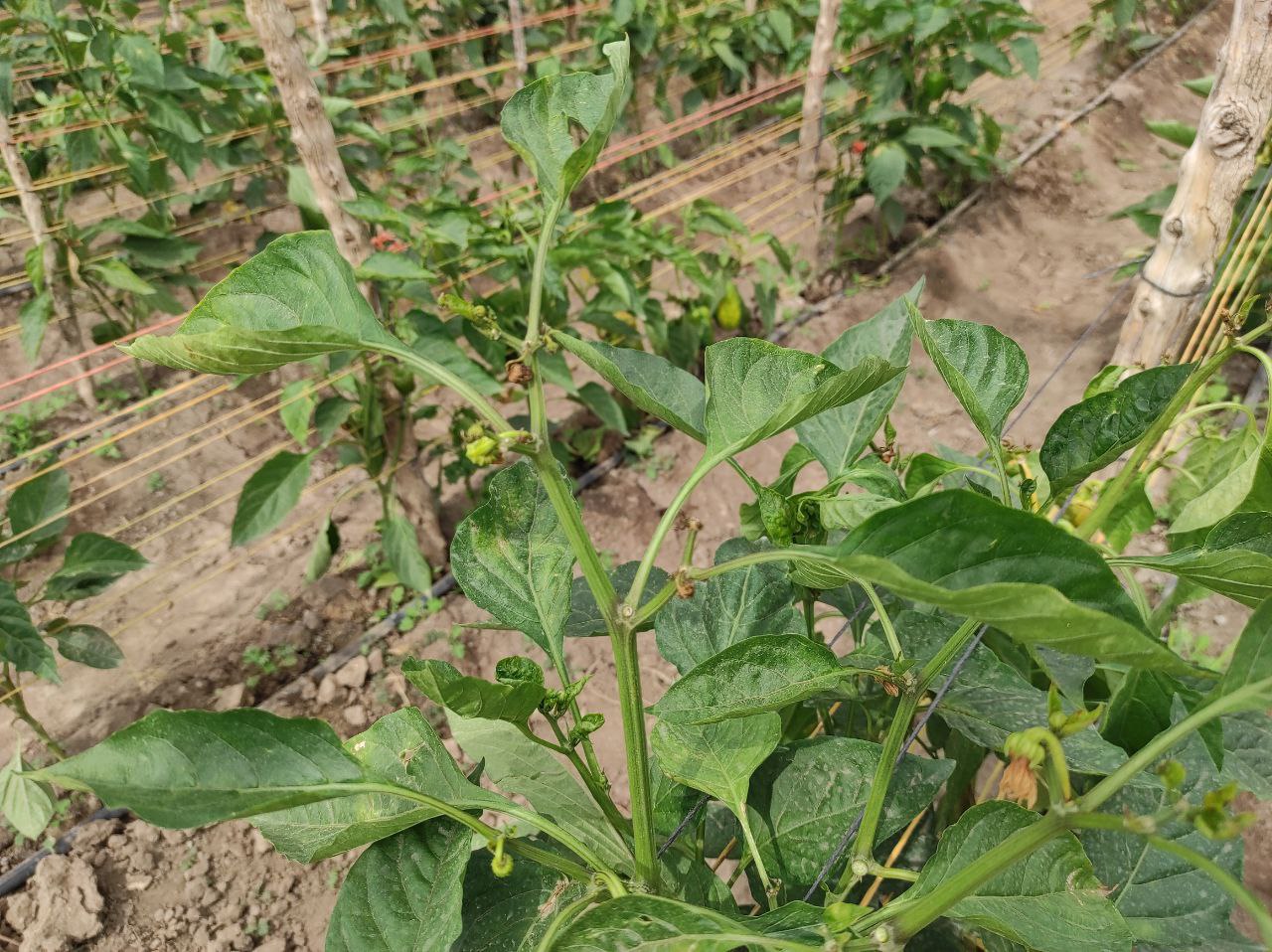
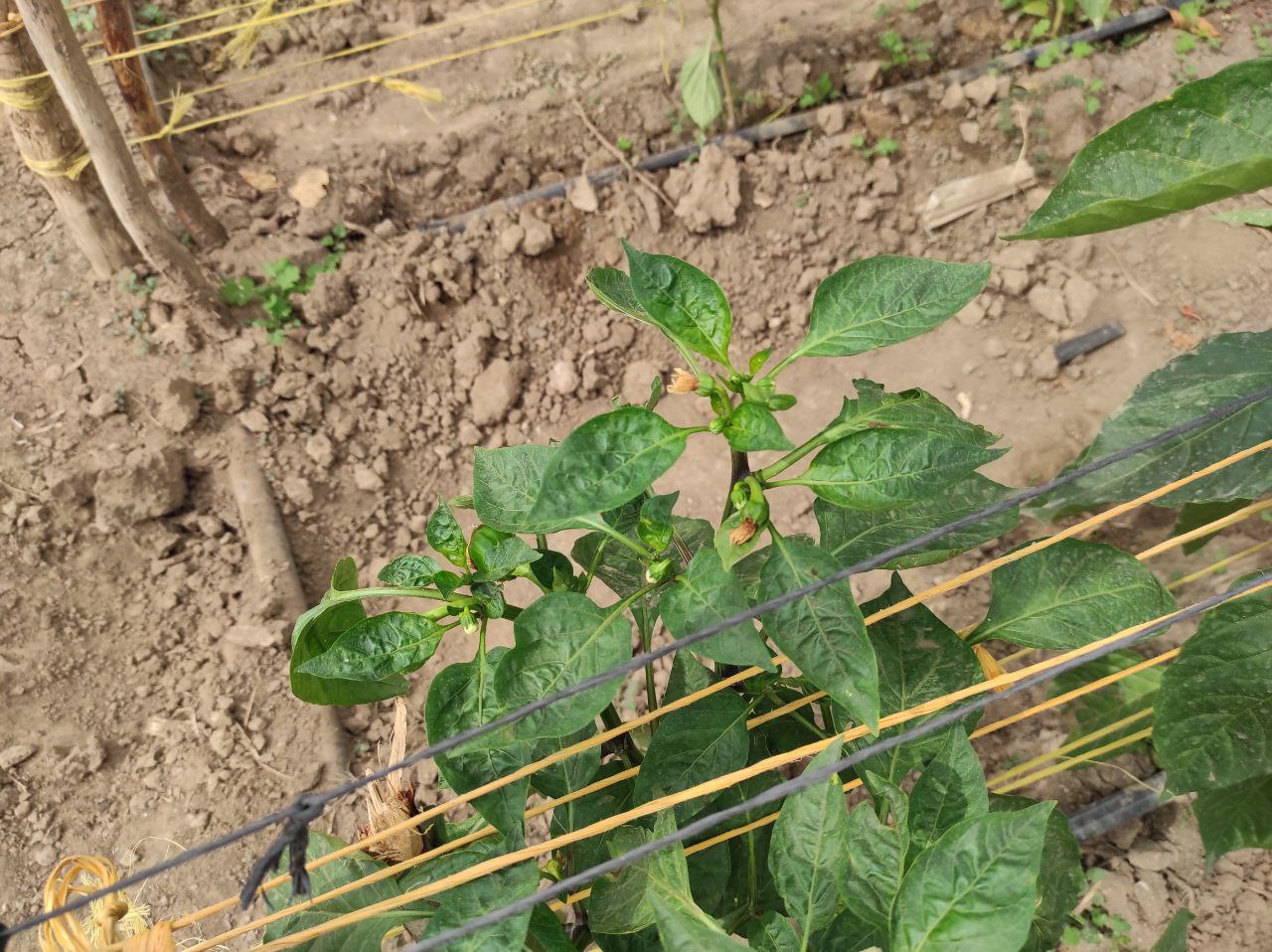
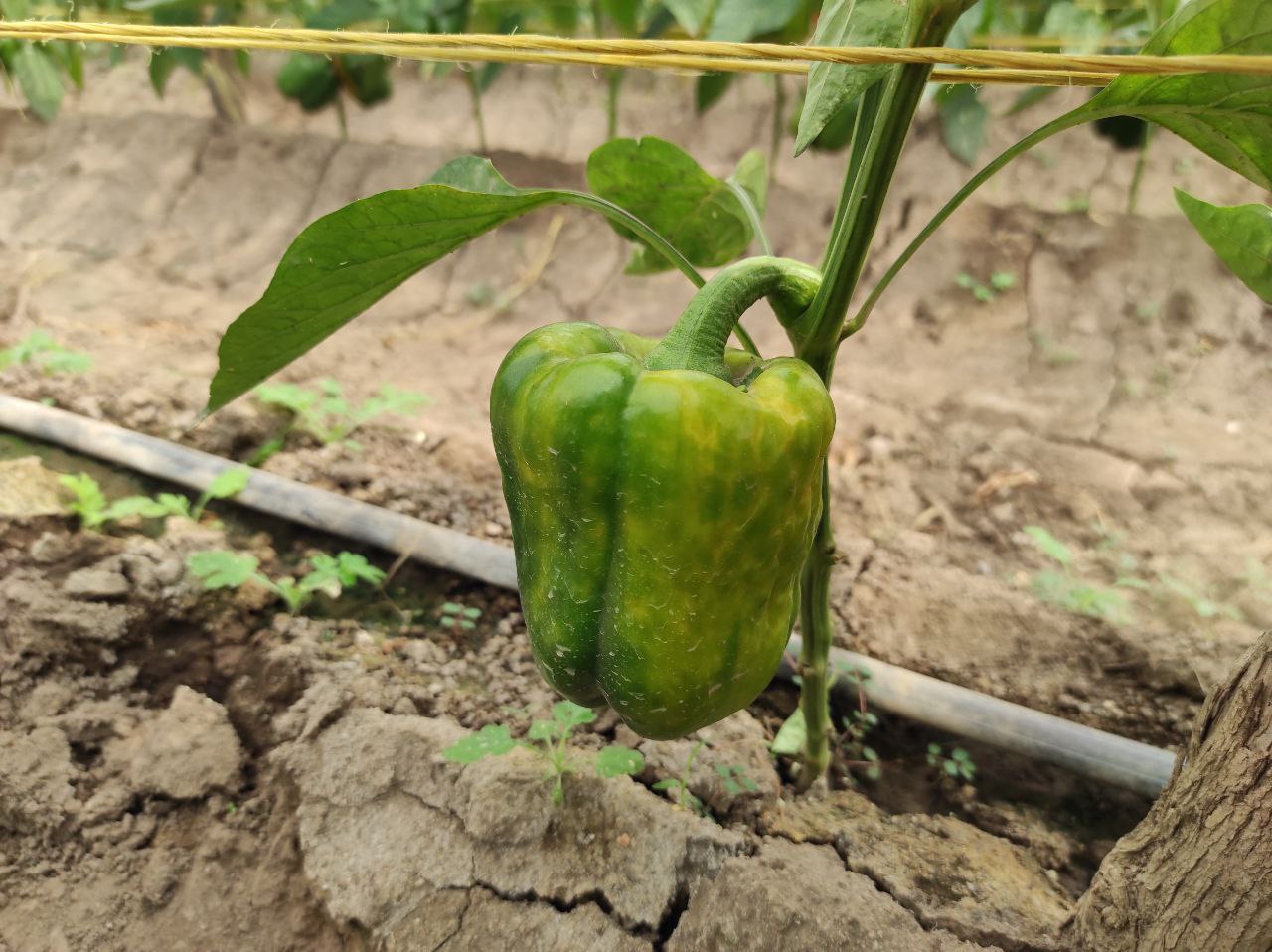
Algunos clientes de la zona suelen usar pimentón verde para sus comidas, así que contactamos con ellos para vender el resto de frutos que estaban sanos y desechar los que no estaban actos para la venta. De igual manera los frutos medianos y pequeños son comerciales, así que comenzamos las labores a tempranas horas de la mañana en solo la mitad del invernadero. A pesar de todas las plagas que nos afectaron las plantas se comportaron bien y fueron generosas al dar en su primera floración 4-5 pimentones grandes, de un tamaño increíble y un color verde muy brillante.
Esto se debe a la buena fertilización que tuvo, y al agregarle otros microelementos como magnesio, hierro, silicio, calcio entre otros, al igual que una formula NPK granulada.
Some customers in the area often use green paprika for their meals, so we contacted them to sell the rest of the fruits that were healthy and discard those that were not fit for sale. Likewise, the medium and small fruits are commercial, so we started early in the morning in only half of the greenhouse. In spite of all the pests that affected us, the plants behaved well and were generous in their first flowering, giving 4-5 large peppers, of an incredible size and a very bright green color.
This is due to the good fertilization and the addition of other microelements such as magnesium, iron, silicon, calcium among others, as well as a granulated NPK fertilizer formula.
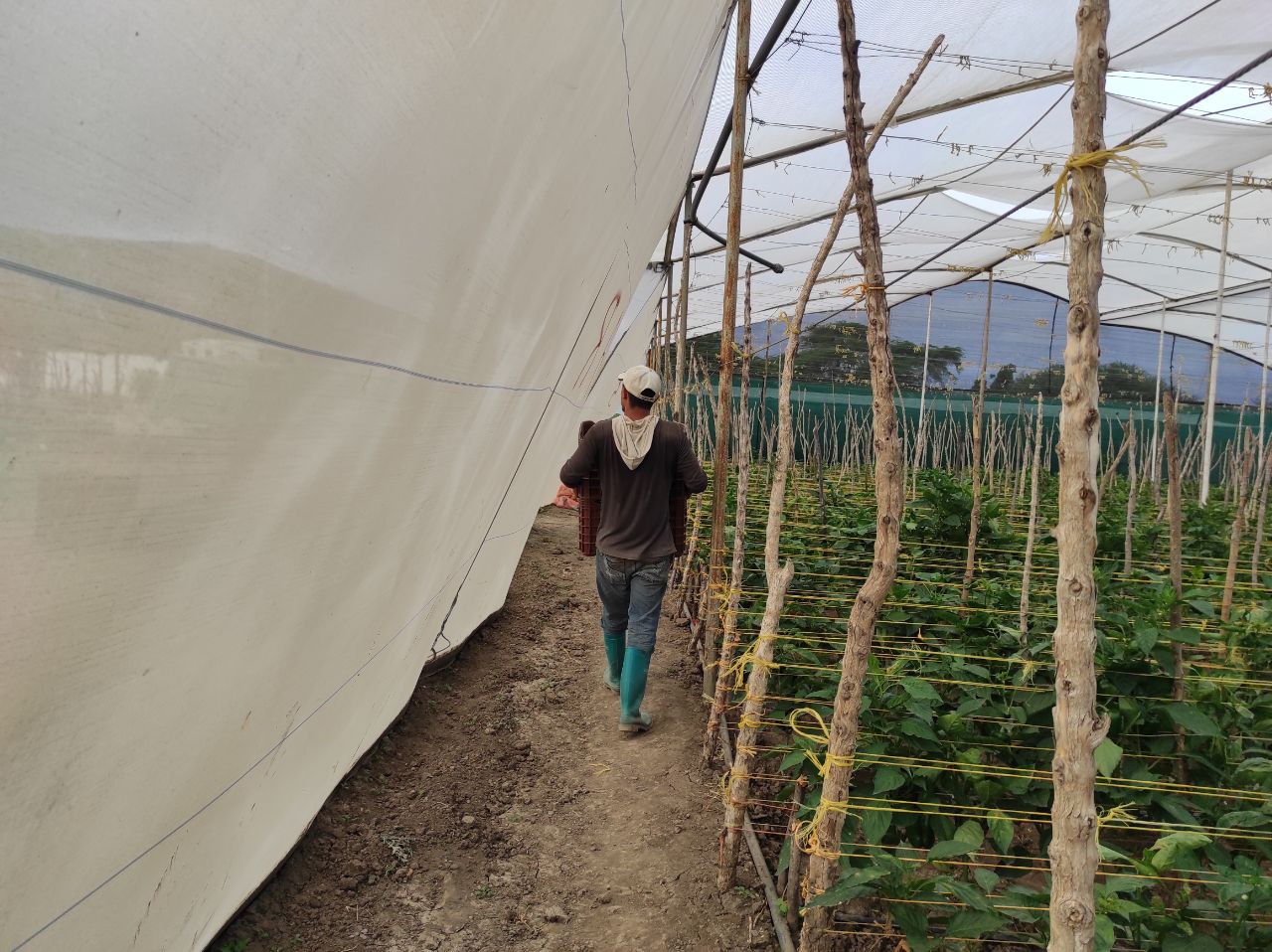
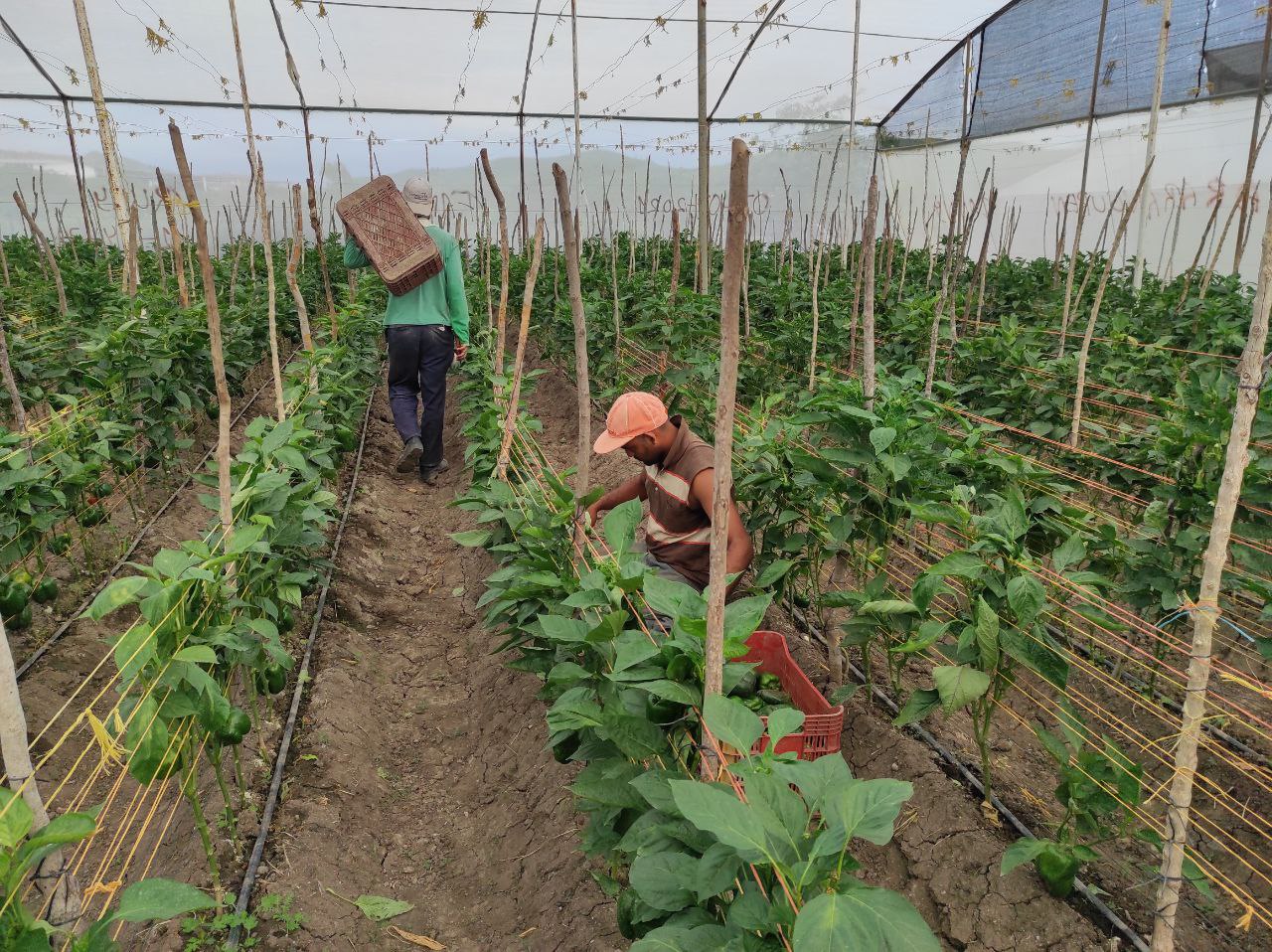
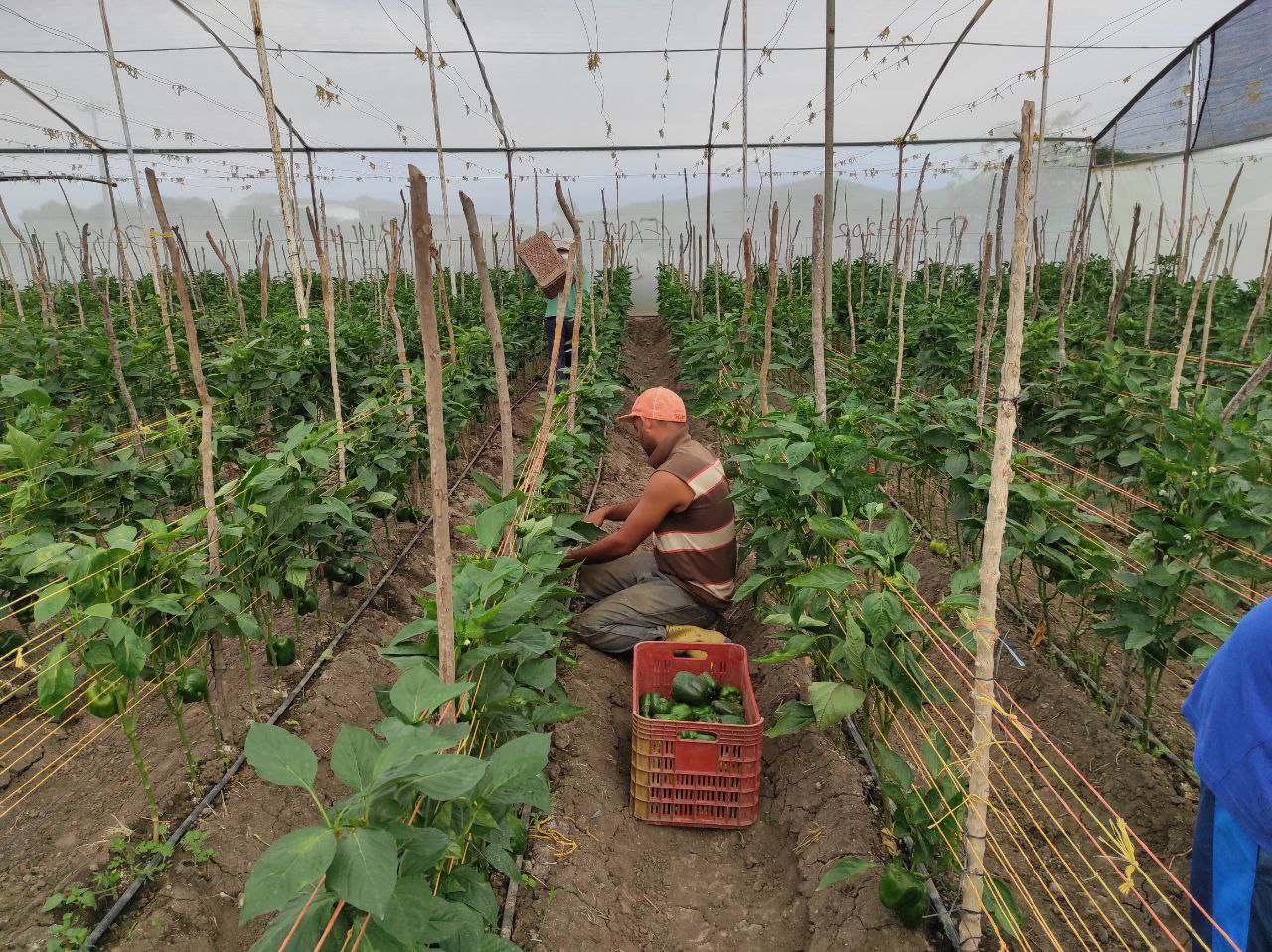
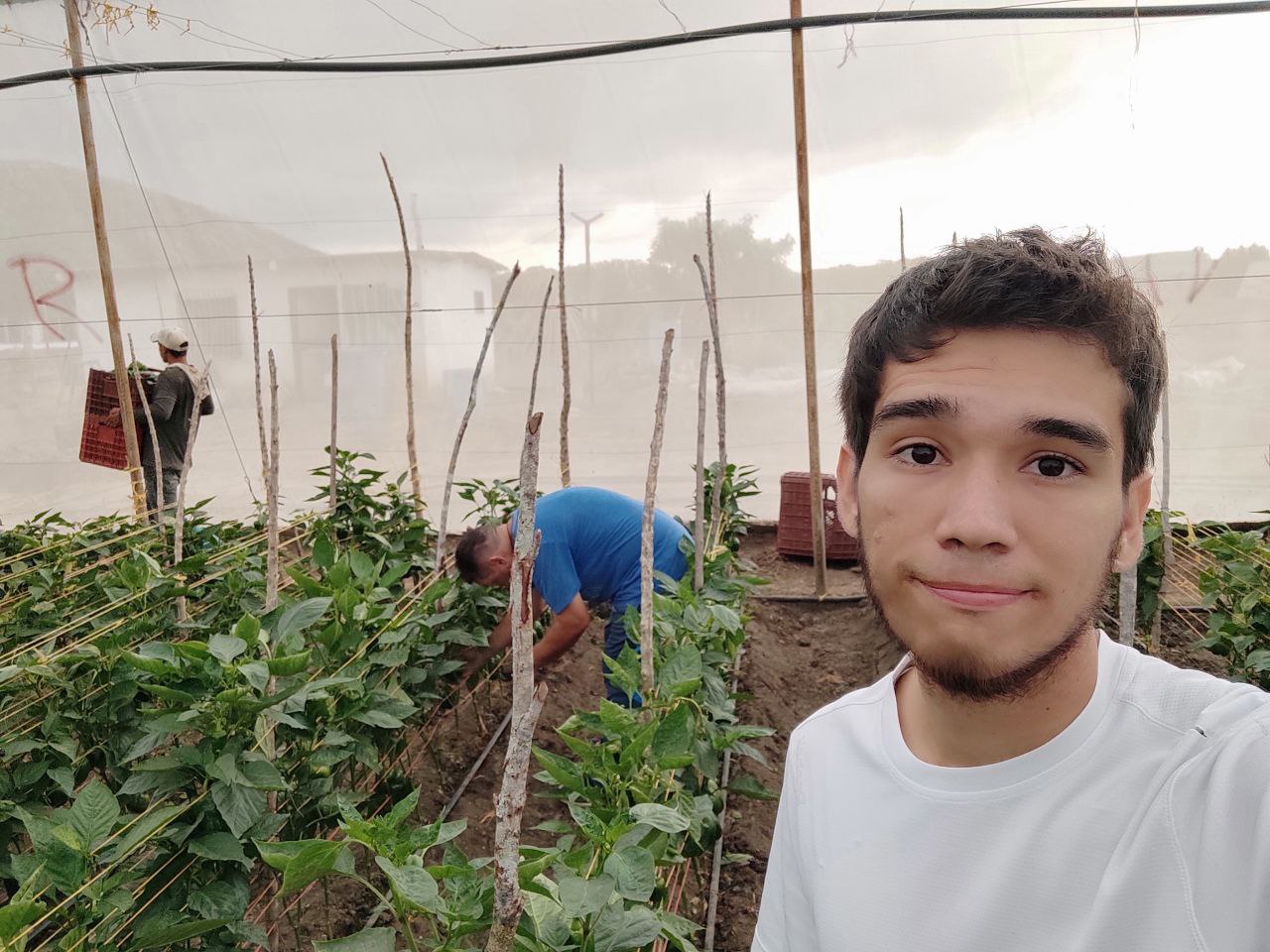
Para el armado de las cestas contratamos a alguien que sabe de esto, la selección de cada fruto según tu tamaño y tiene una agilidad increíble al momento de llenar y armar una cesta.
Para un espacio de 2500 plantas, obtuvimos 23 cestas grandes las cuales tenían 45 frutos, esto se debe al enorme tamaño que tenían, algunos entre 350-420gr. 15 Cestas medianas, y 35 cestas rechazadas de la mitad que tenia la presencia del TSWV.
Además de eso los frutos muy pequeño que no se cuentan para ser comerciales de los cuales obtuvimos 7 cestas.
For the assembly of the baskets we hired someone who knows about this, the selection of each fruit according to your size and has an incredible agility at the time of filling and assembling a basket.
For a space of 2500 plants, we obtained 23 large baskets which had 45 fruits, this is due to the enormous size they had, some between 350-420gr. 15 medium baskets, and 35 baskets rejected from the half that had the presence of TSWV.
In addition to that the very small fruits that are not counted to be commercial of which we obtained 7 baskets.
En teoría esta cosecha era prometedora, el precio nos ayudaba ya que una cesta de pimentón rojo esta en 20$ actualmente, la cantidad de cestas promedio por 1 mes que yo calcule era de 200-250, pero por cosas del destino esto no fue como lo planeamos y aquí es donde digo que la agricultura tiene el factor suerte que influye mucho.
In theory this crop was promising, the price helped us since a basket of red pepper is currently at 20$, the average amount of baskets per 1 month that I calculated was 200-250, but by fate this did not go as planned and this is where I say that agriculture has the luck factor that influences a lot.
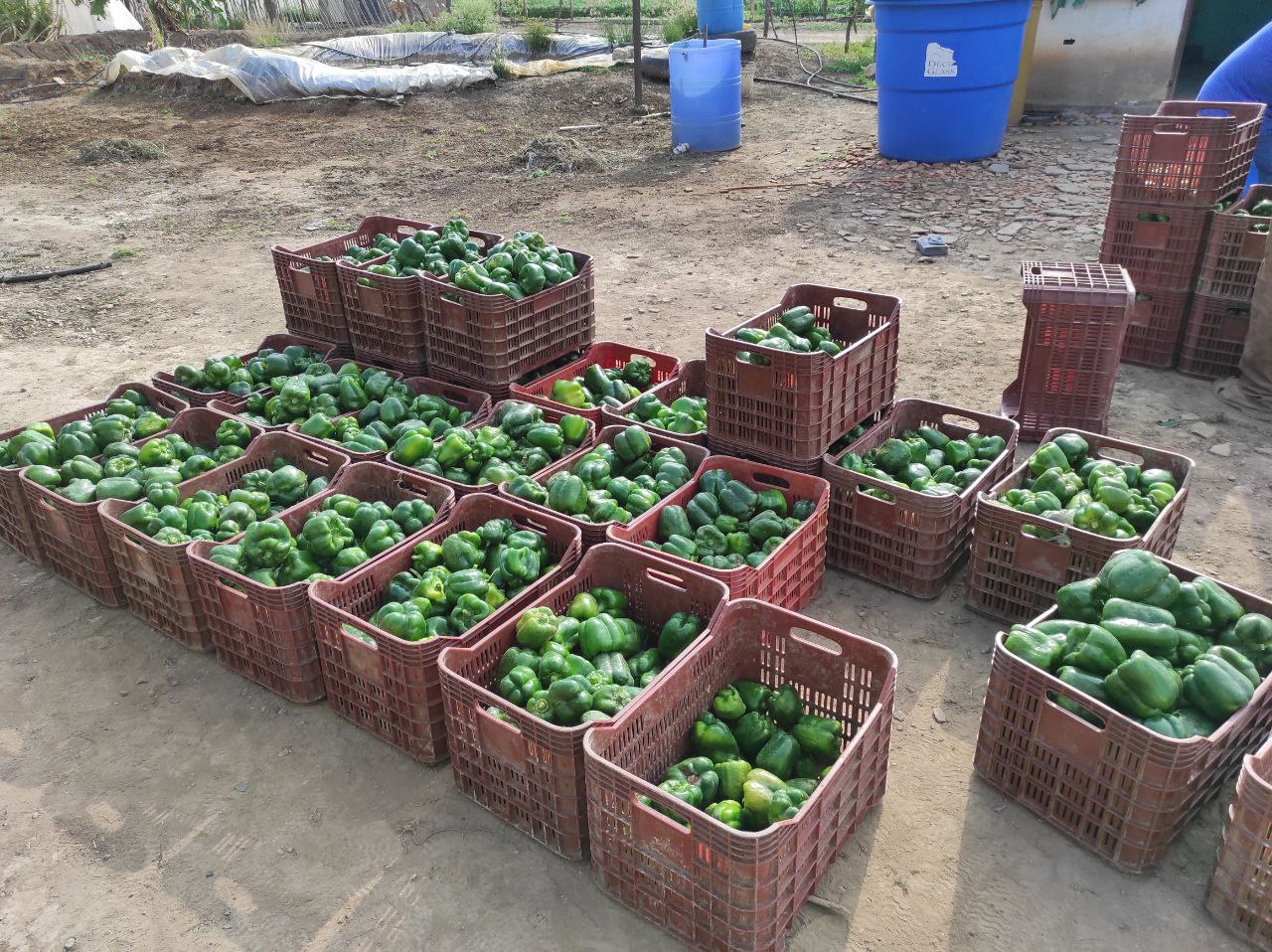
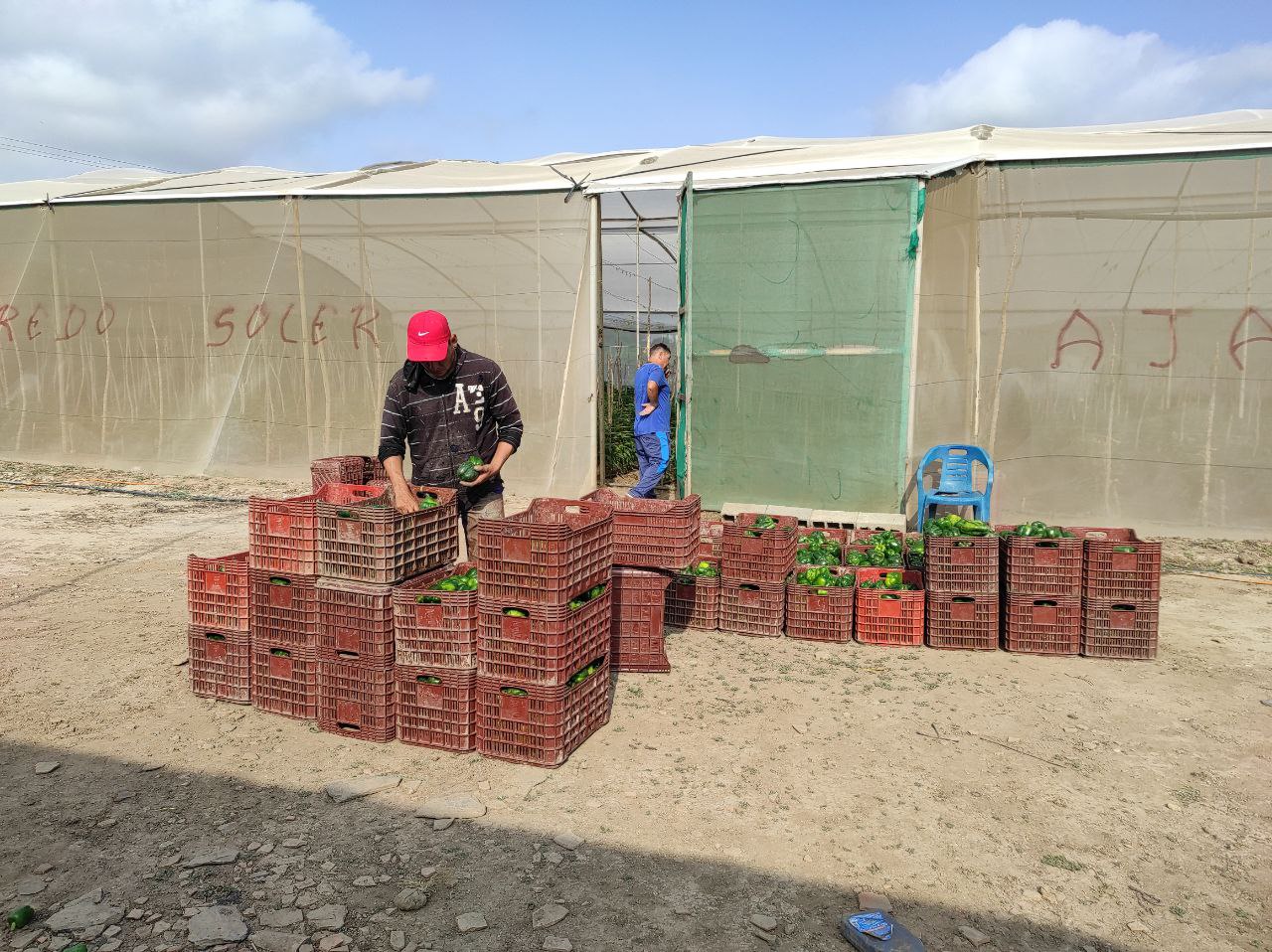
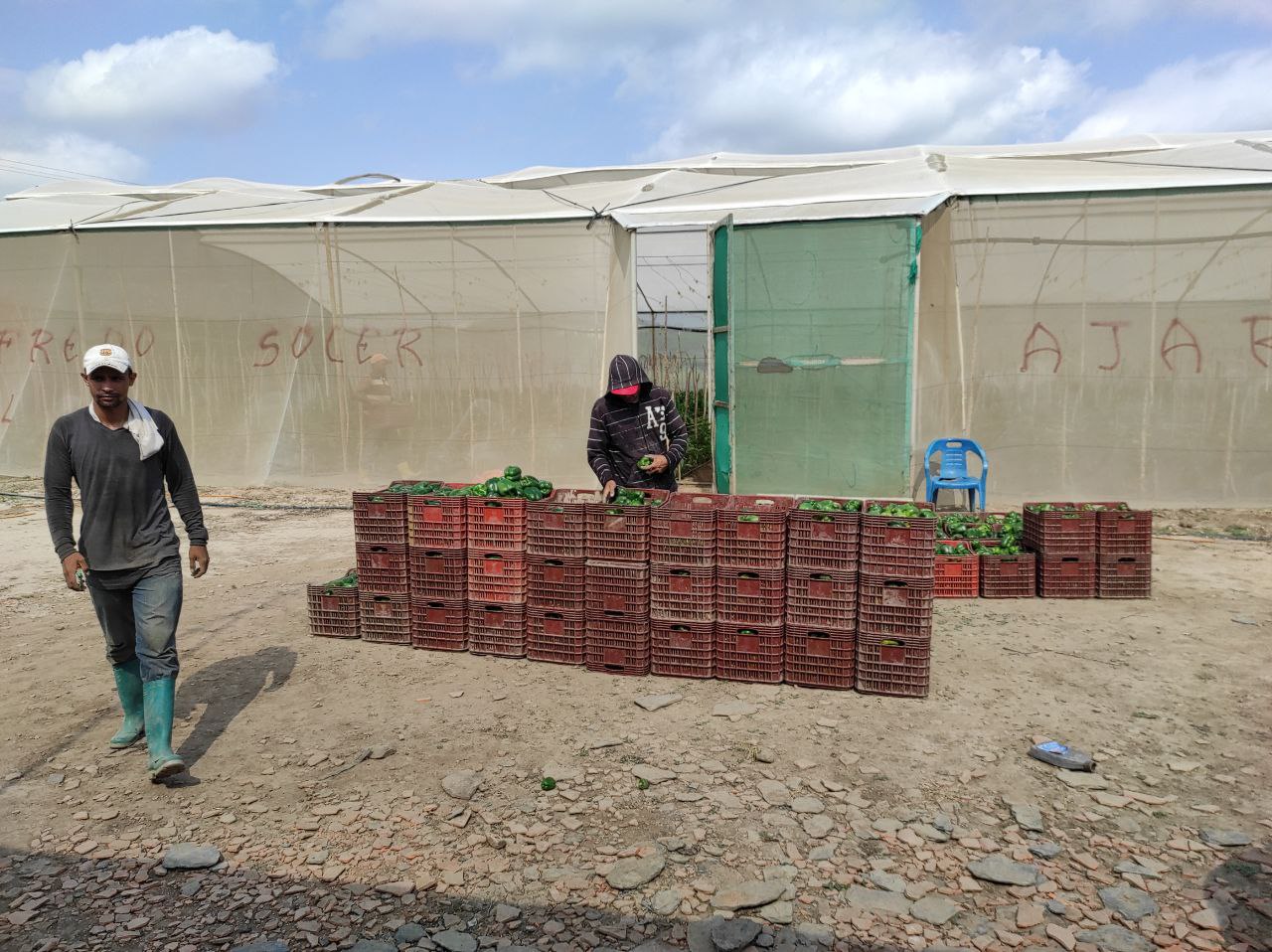
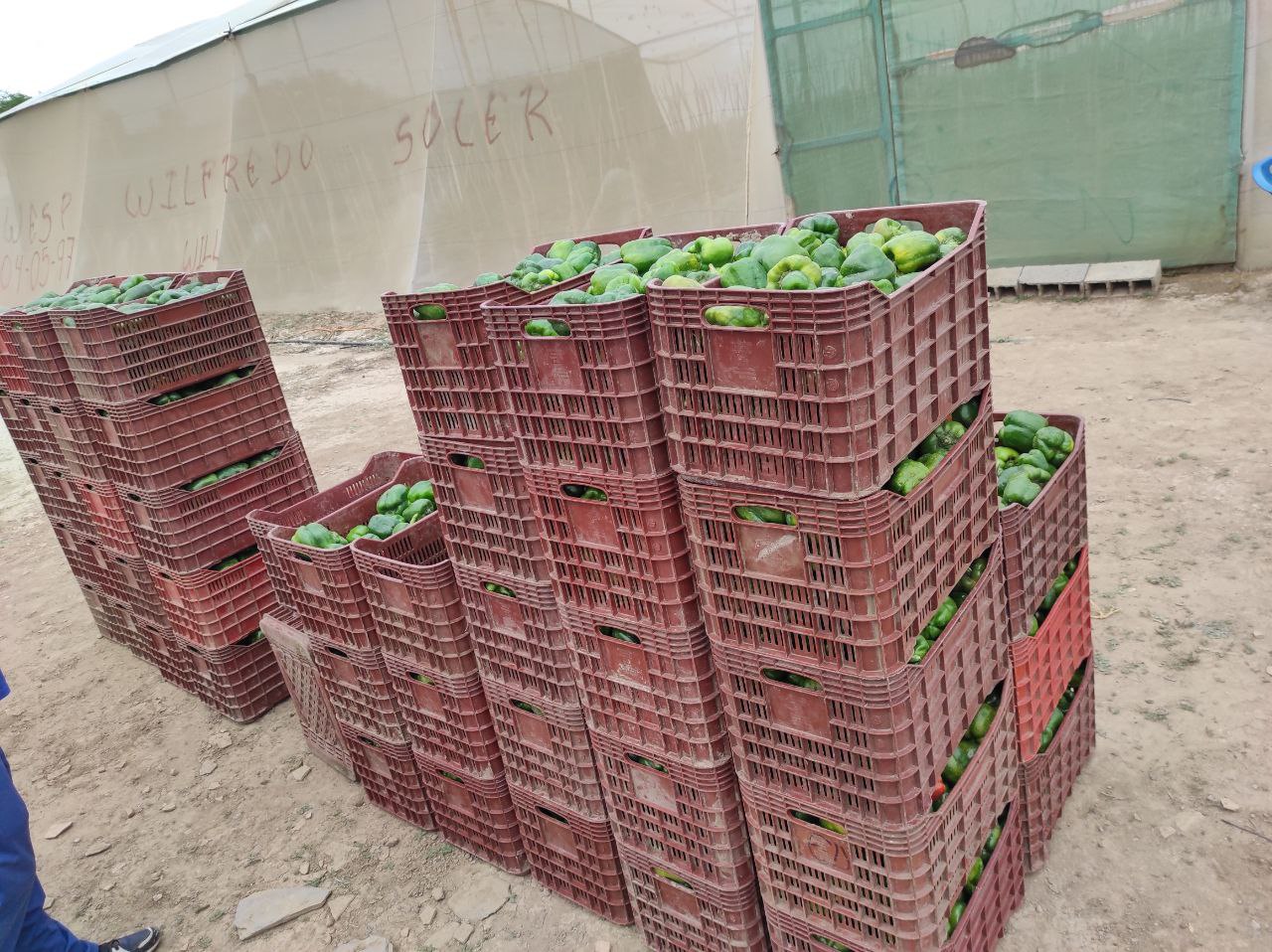
La semilla estaba tan degenerada genéticamente, que obtuvimos algunos ejemplares extraños.
The seed was so genetically degenerated that we obtained some strange specimens.
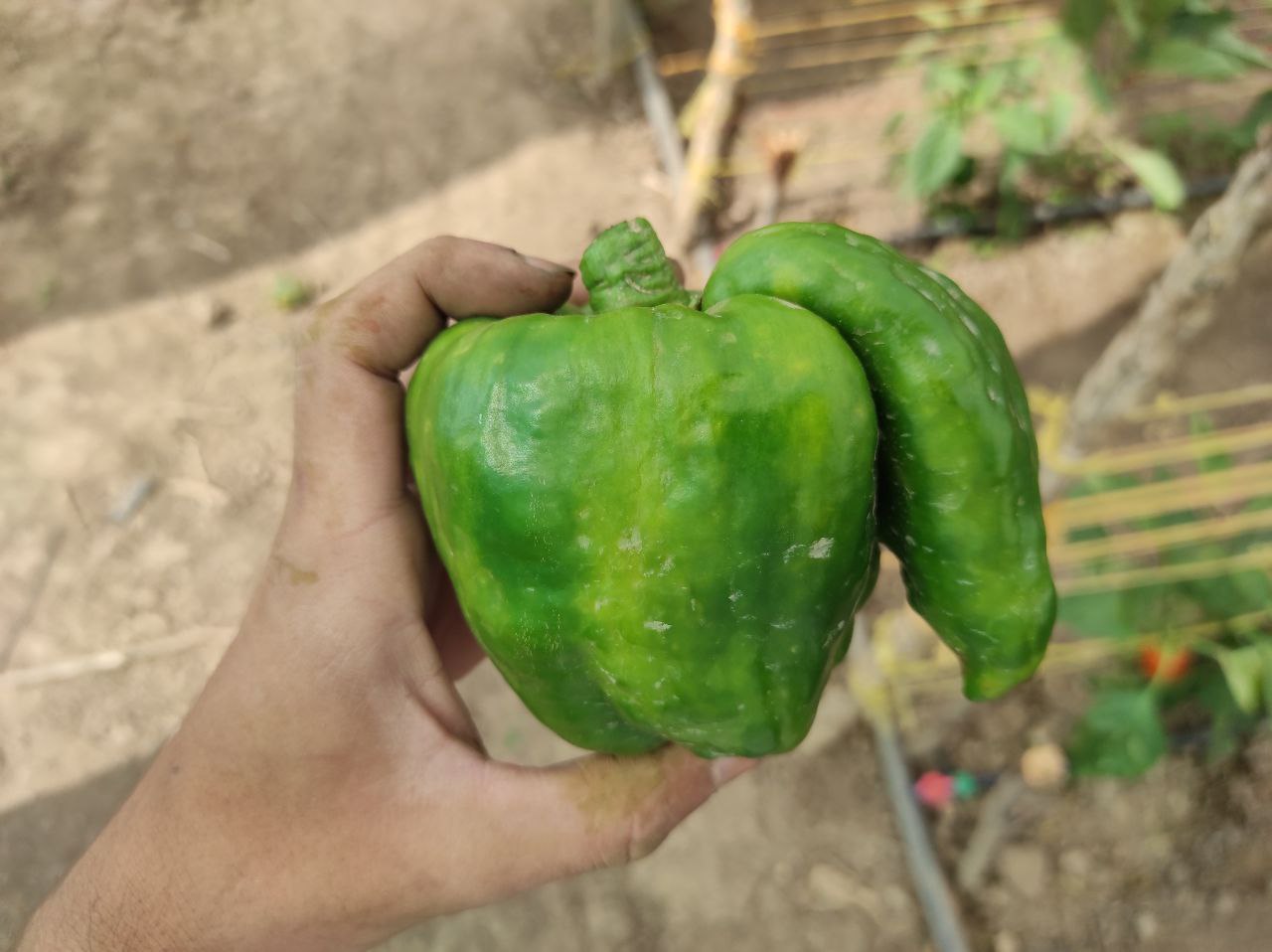
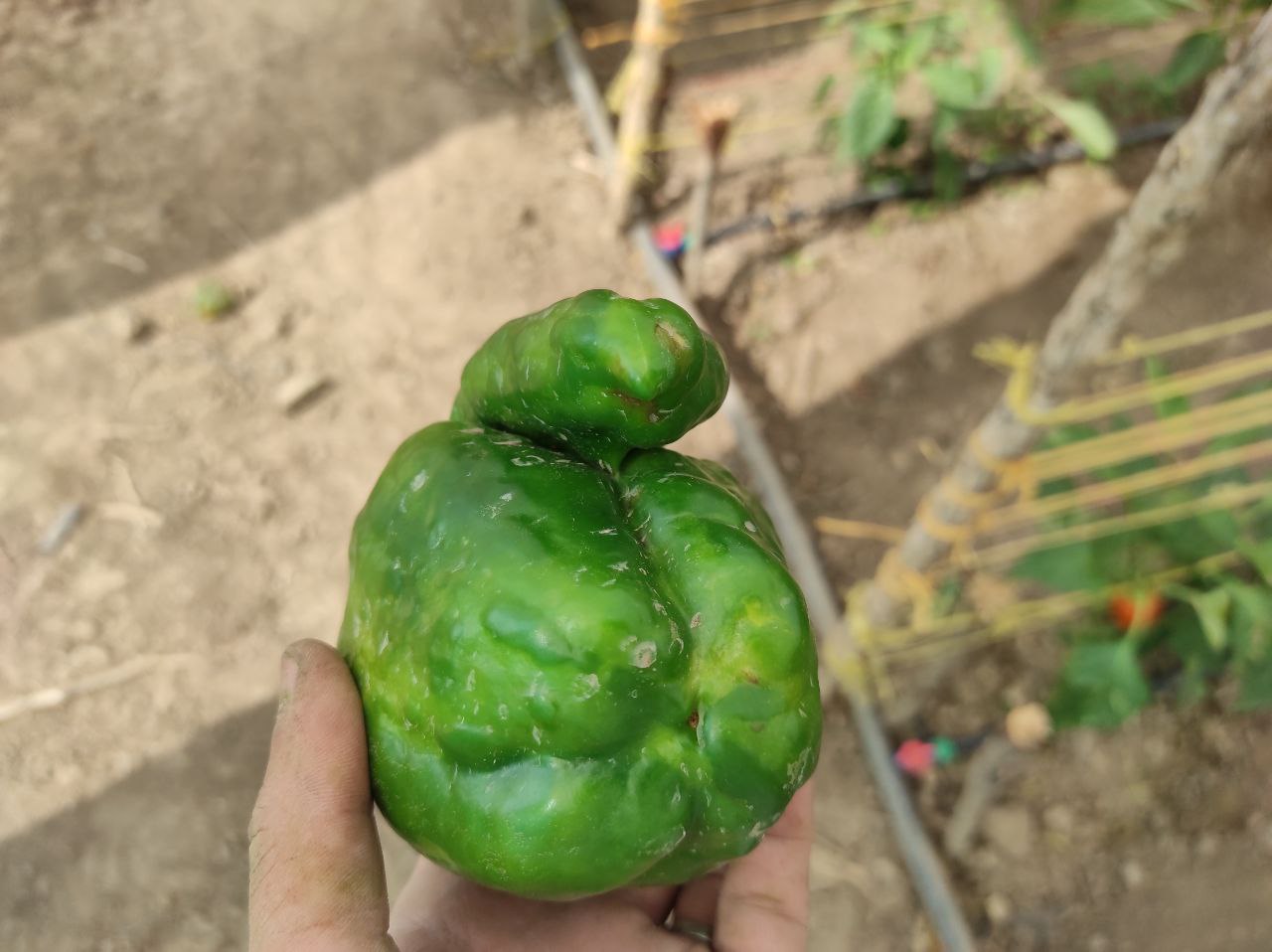
Pero como siempre digo solo queda sonreír y seguir adelante, dejamos el invernadero en cuarentena por 30 días, y estamos germinando un semilla de tomate tipo saladette, esperamos que para esta temporada de lluvia nos vaya mucho mejor con el tomate y a estar mas pendientes con las plagas, aunque el tomate hibrido tiene mayor resistencia al TSWV.
But as I always say, we can only smile and move forward, we left the greenhouse in quarantine for 30 days, and we are germinating a saladette tomato seed, we hope that for this rainy season we will do much better with the tomato and to be more vigilant with the pests, although the hybrid tomato has greater resistance to TSWV.
Nos vemos en la próxima.
See you next time.
:)
Que montonazo de pimentones! Se ven geniales, muy grandes y buenos. El año pasado tuve 3 plantas que eran muy productivas, siempre entregando pimentones pequeñitos amarillos y verdes, por casi un año, hasta que unas hormigas que odio se comieron las plantas en dos noches... Me gustó tu post, buen trabajo que hacen allí, sigan así. Mucha suerte y salud.
Gracias, saludos.
That's a lot of bell pepper, a good harvest, and more harvest to come.